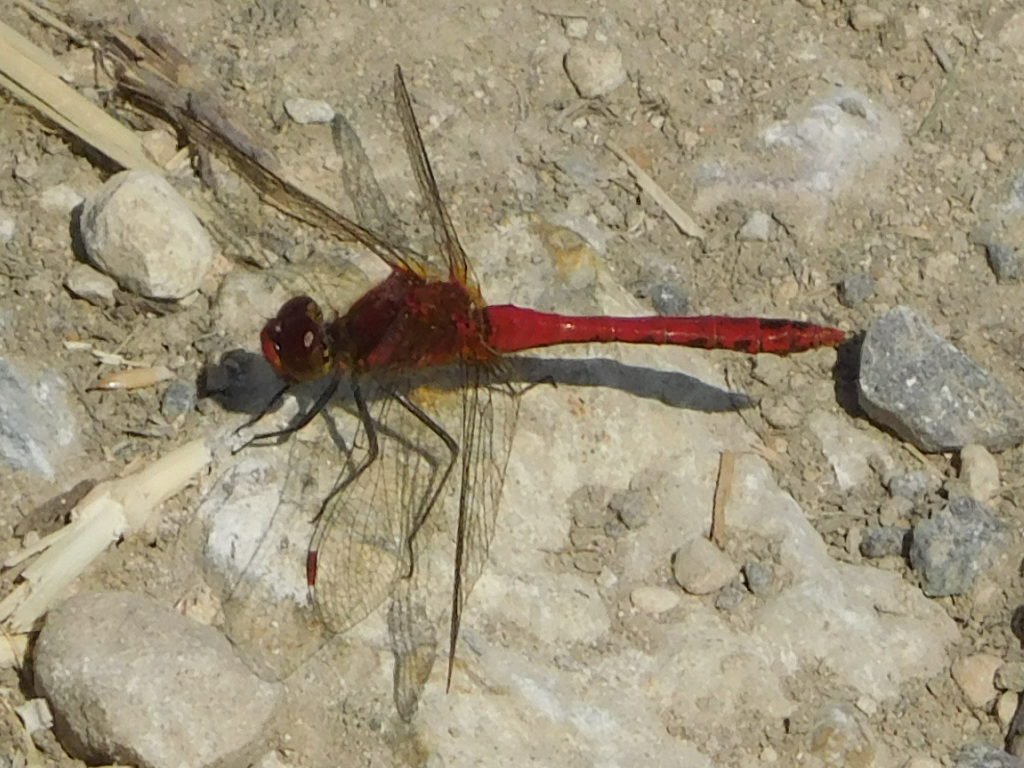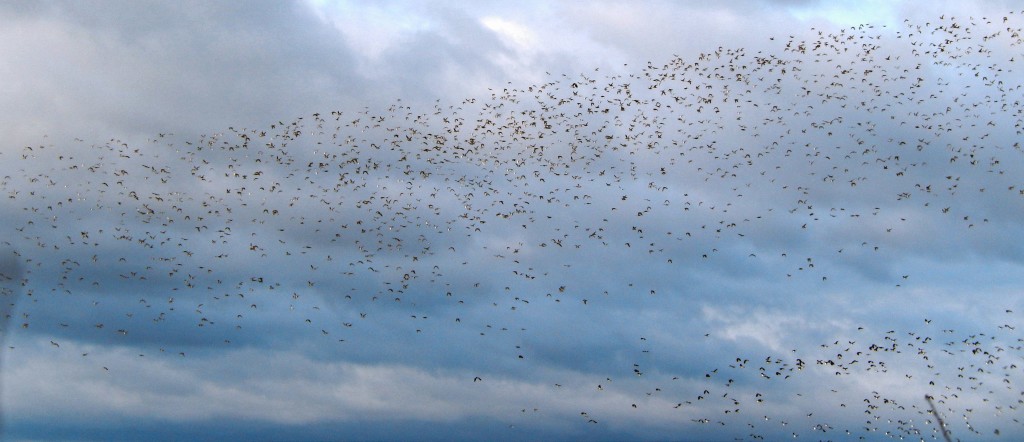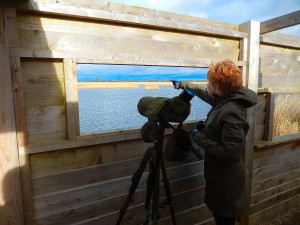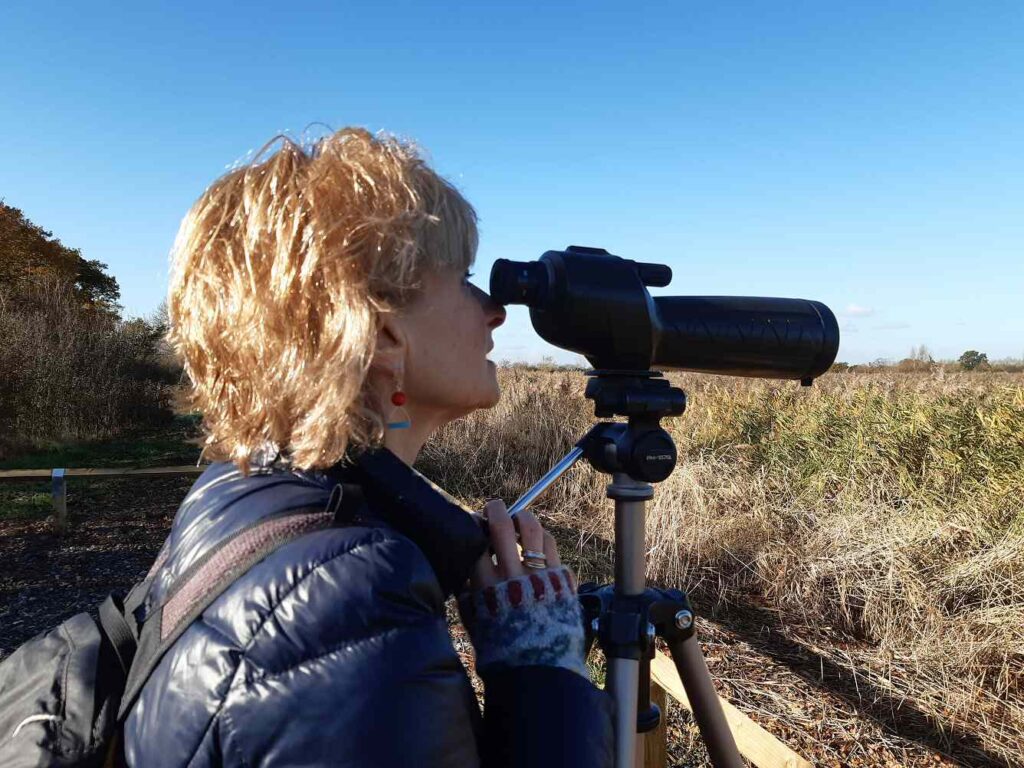
Birdwatching in a time of Covid, RSPB-style, the day before the second lockdown: normally one does anything to avoid the risk of scaring off the wildfowl, but here the reserve offers a convenient fence to peer over in the wide open air, and glimpse wheeling flocks of waders and gulls, their wings catching the sunlight.
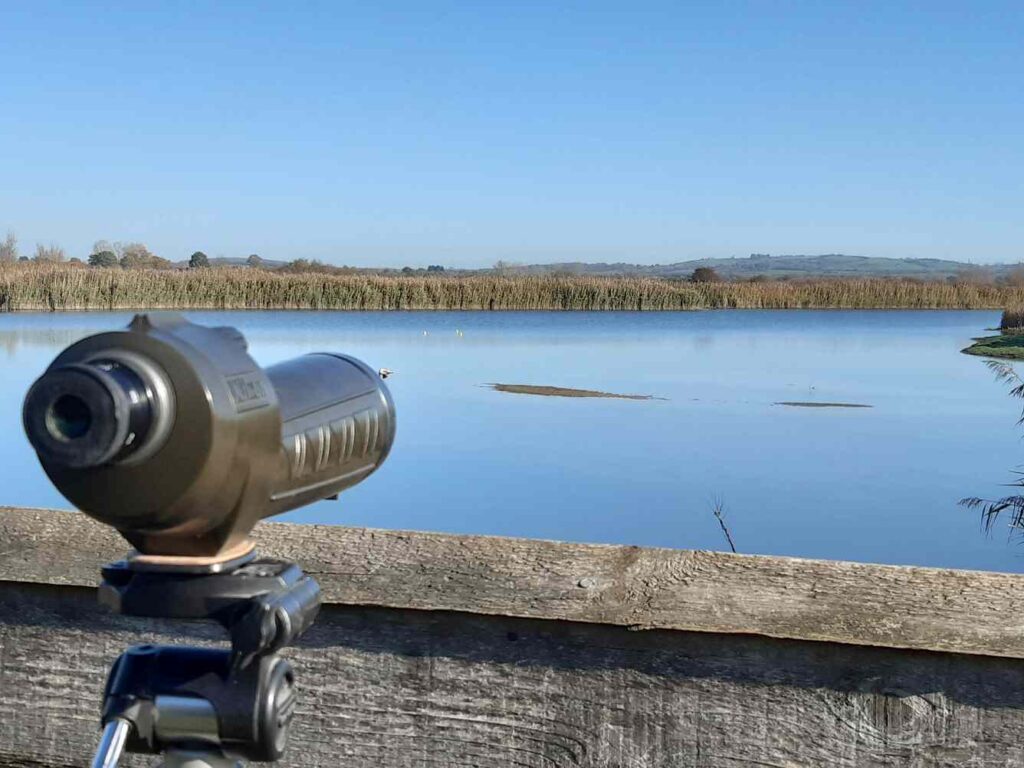
A group of Greater Black-Backed Gulls, their deep calls markedly different from the Herring Gull, strode past on their long wings.
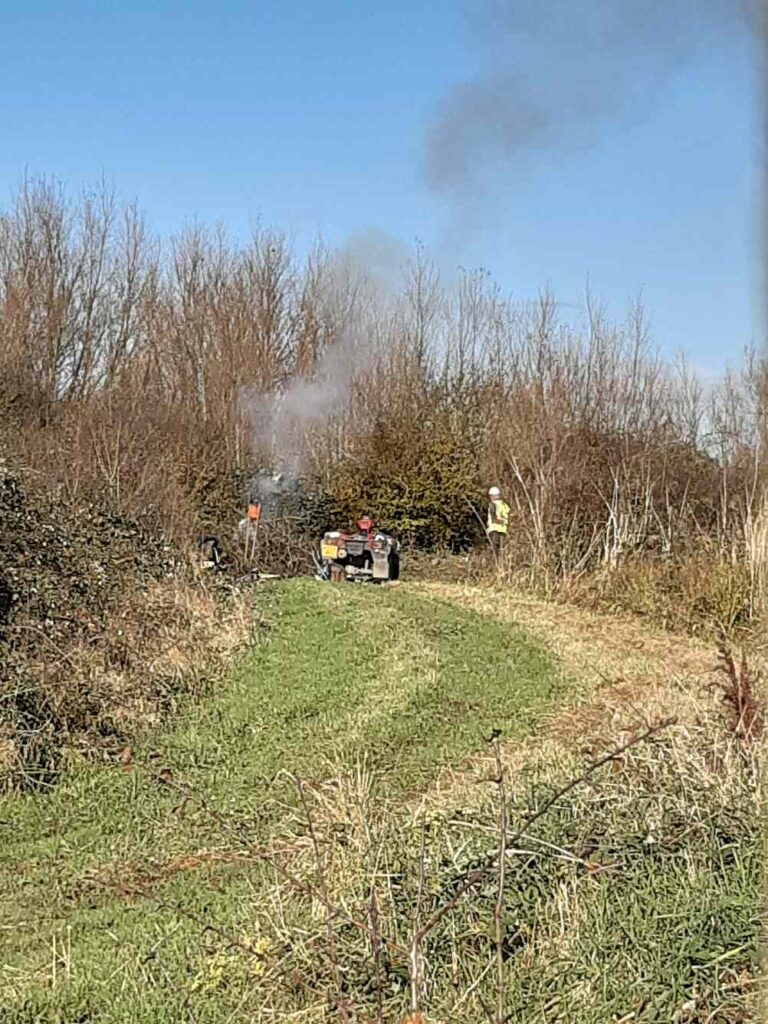
Managing a Habitat Mosaic: RSPB team cutting and burning Blackthorn scrub to provide a varied mix of habitats for passerine birds and other wildlife. The idea is to cut a bit of the scrub each year, so that some of it is low, some medium, some high and thick, providing as much diversity in types of cover and exposure to light as possible in the area, so that different plants can flourish, and the visiting birds have the choice of insects, seeds, and fruits they need to feed on.
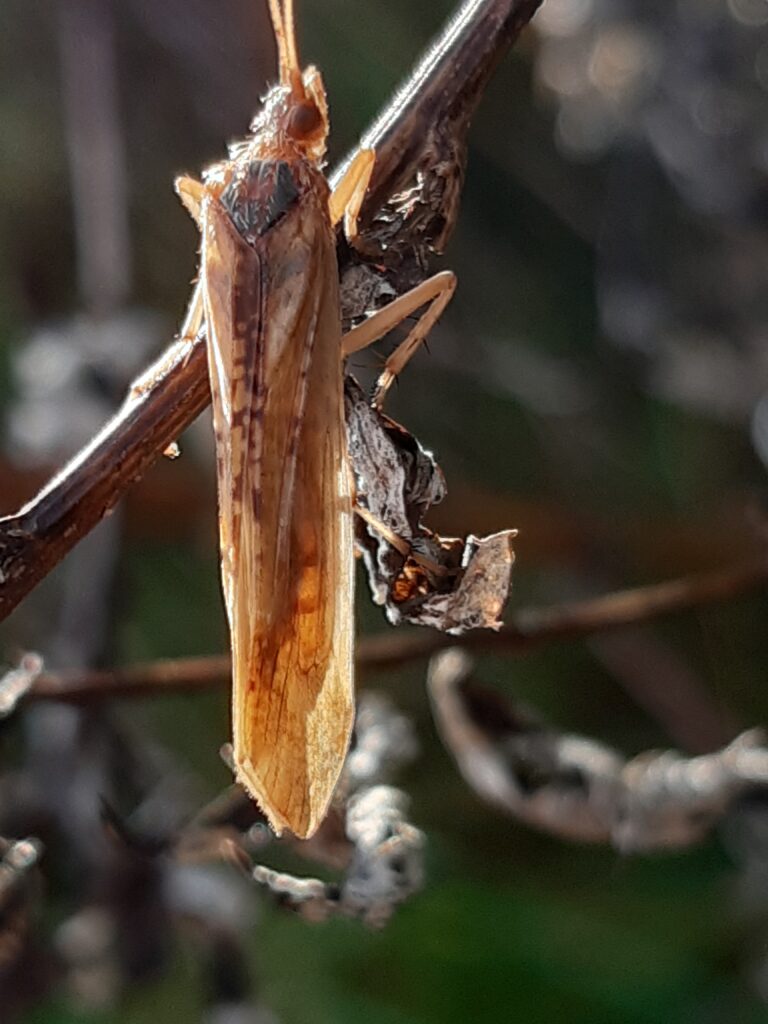
A big long-winged (predatory?) bug, with long antennae, still flying in November, as were several moths
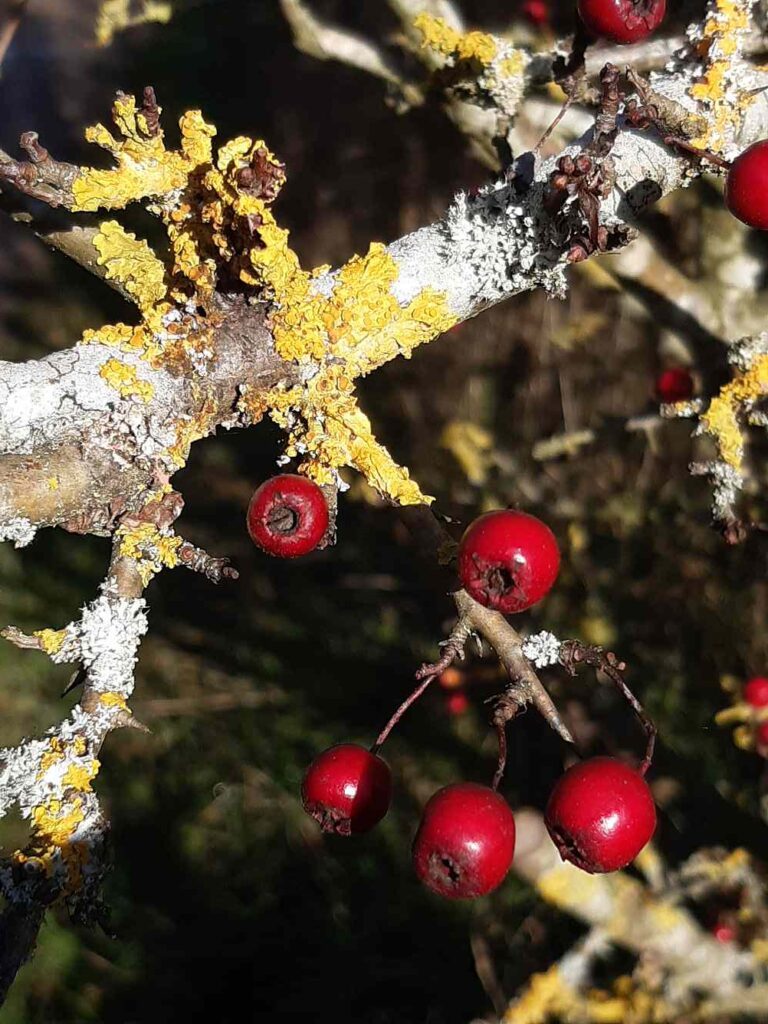
Colourful lichens (inc. Common Orange Lichen, Xanthoria parietina) and ripe Haws
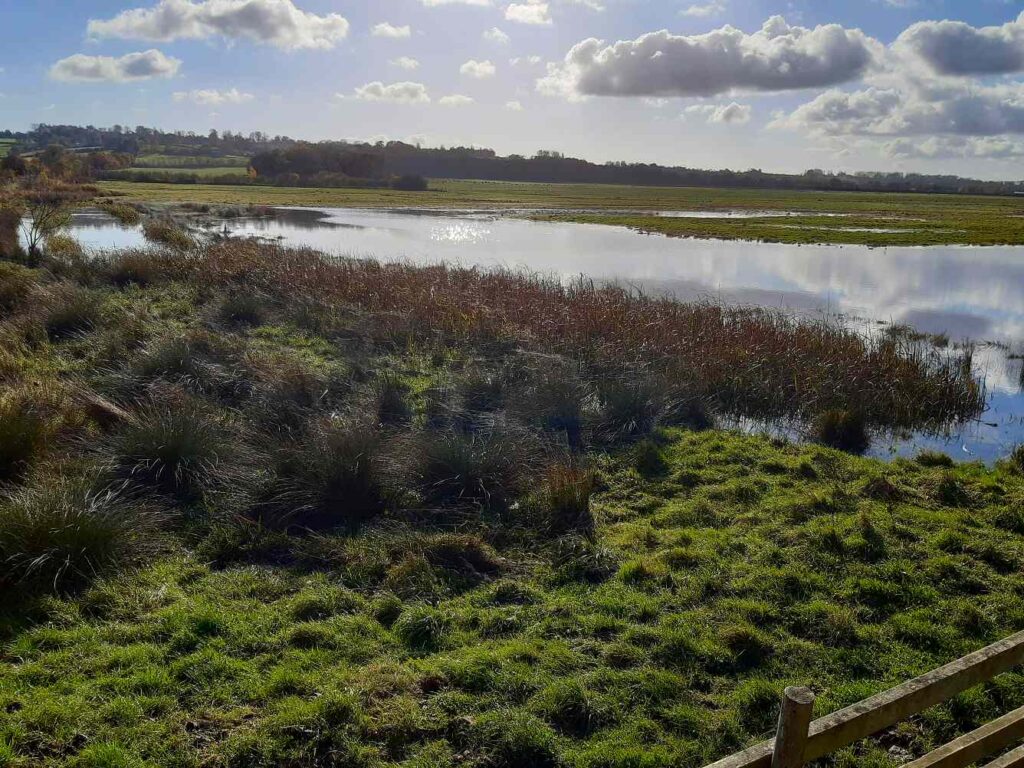
Reeds, shallow water, wet meadows: perfect habitat for Golden Plover (in hundreds), Lapwings, and Geese. The sound of a hundred Greylags and Canada Geese, their honks and calls mixing into a symphony of wild joy, has to be heard to be believed.
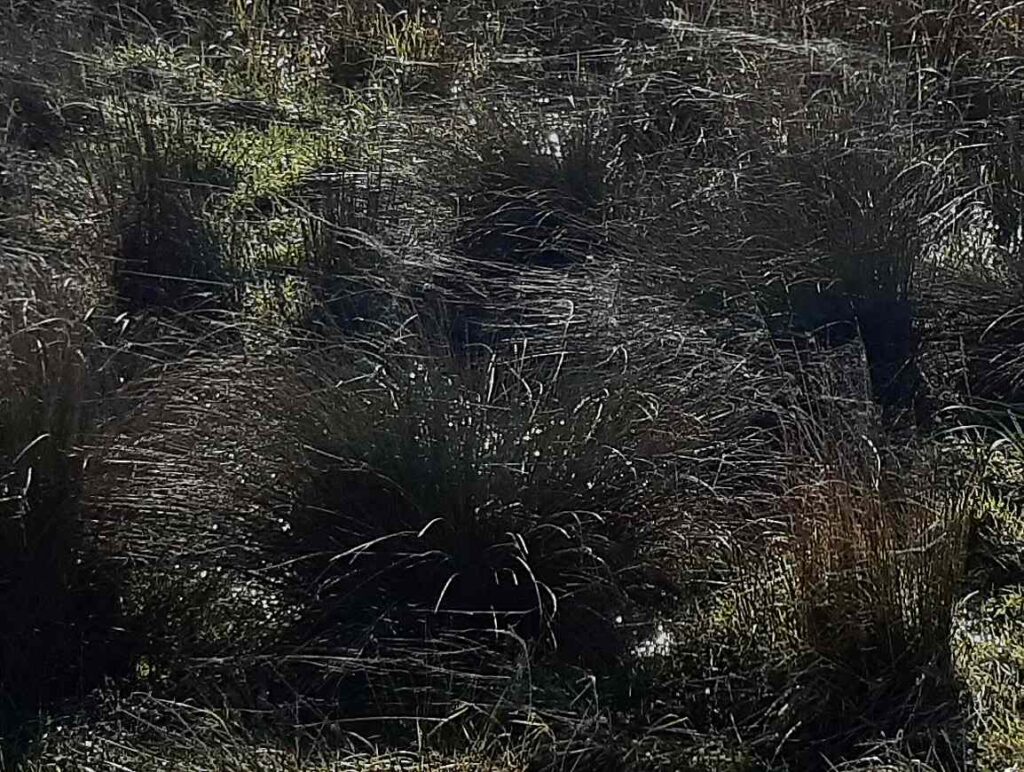
Rushes covered in sparkling spider-silk (detail), in case you couldn’t make it out in the wider landscape — quite beautiful in the surprisingly warm November sunshine!
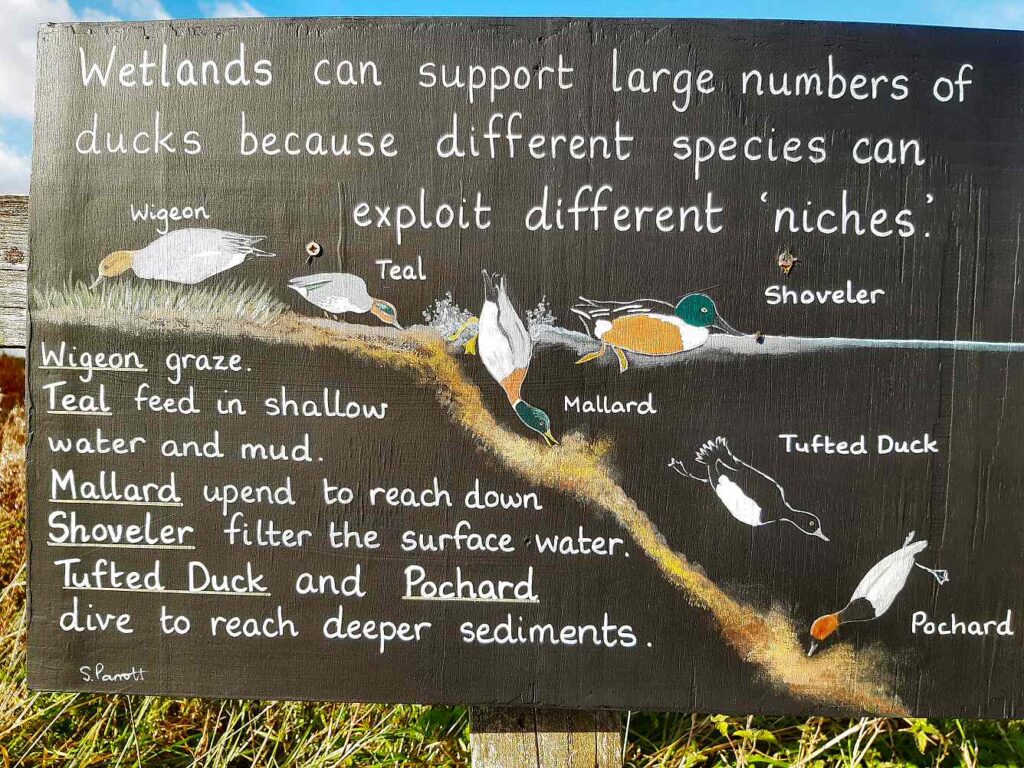
One of the extremely well-done info-paintings (if it was computerised, I’d have called it an infographic), explaining Duck Ecology, Niches, Habitat exploitation and other complex concepts in one clear image. Remarkably good, and beautiful, too: both scientific and welcoming, quite an achievement.
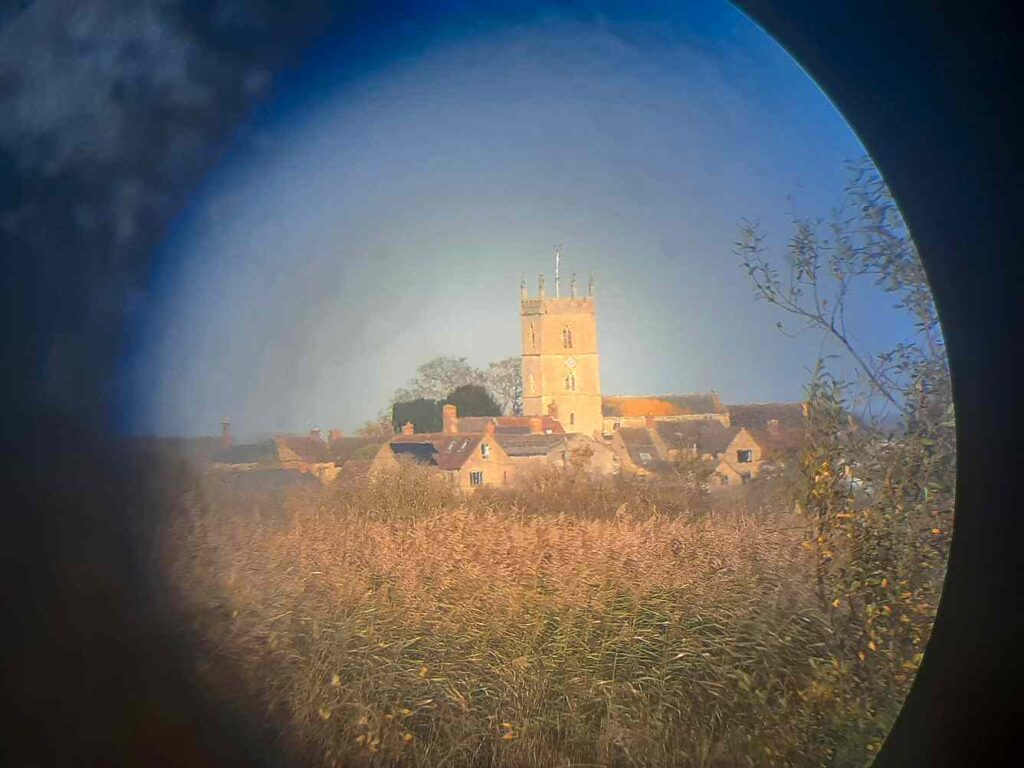
People often wonder why you need one telescope to look through, and another for the camera. Couldn’t you take a picture through a normal ‘scope? Well, it’s a bit tricky without an adapter (which you can buy, naturally), but yes, it is kind of possible… as here witnesseth the handsome church just across Otmoor from the reserve. I almost fancy I can read the church clock …
Actually, there is a ring of villages, each with its own distinctive church, all around Otmoor. All interesting; and the subject of fascinating social history research, showing that the rate of marriages between villages went down with distance, and with the presence of small streams between the villages! A little stream that you could just about step across increased the effective ‘marriage-distance’ by something like a mile … worth reflecting on.
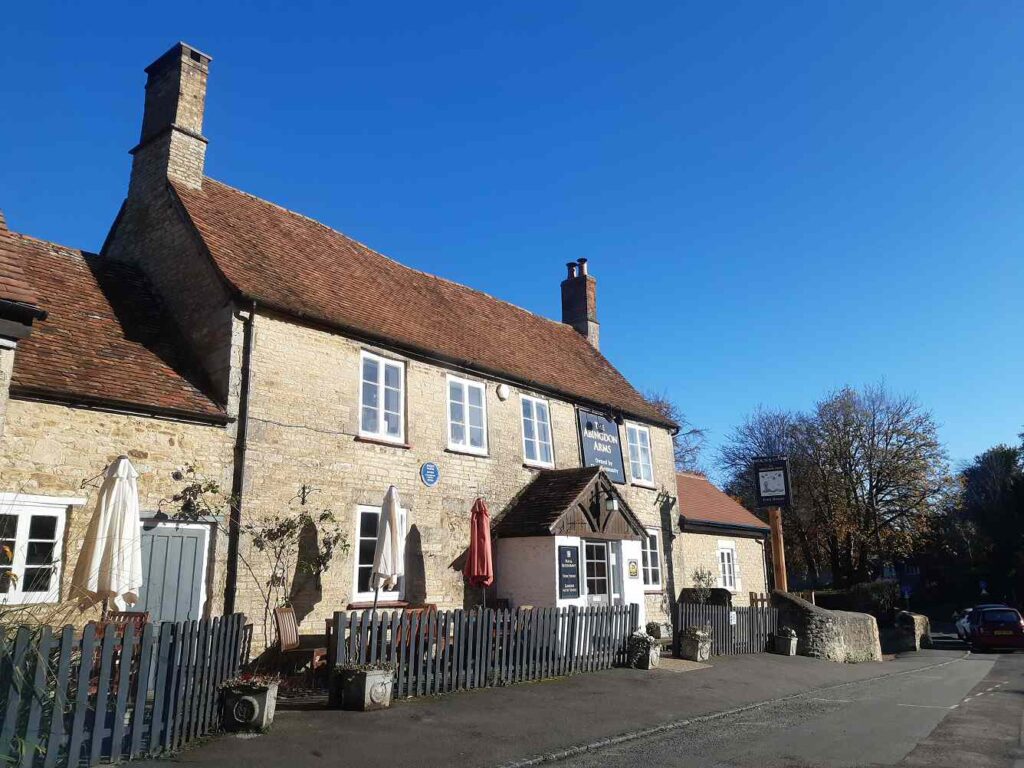
One day, lockdown will end, and we’ll be able to end our walks in England’s good old Hobbity Pubs, like Beckley’s splendid Abingdon Arms, once again.

